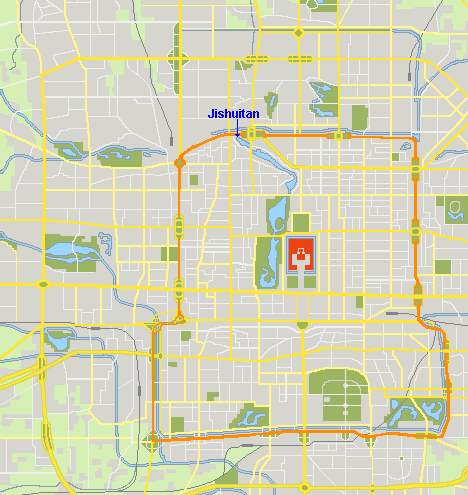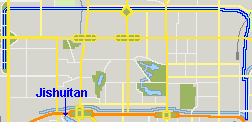Introduction (4) - Remaining Moats
![]()



All dynastic capitals established in and around Beijing since the 11th century had an excavated a moat outside the city walls as an additional defense against attack.
The early city moats of the Liao dynasty (946-1125) and the Jin dynasty (1115-1234) are long gone. The only trace now are the remnants of a Jin city water gate, which can be seen in southern Beijing and a small section of its moat.
We are a little more in luck with the moats from the subsequent Yuan dynasty (1279-1368). The entire northern moat is still extant as are the northern third of the eastern moat and a small part of the north-western moat (see the sections here).
The city moats of the Ming (1368-1644) and Qing (1644-1911) dynasties are only partially extant.
The best maintained moat is the one that enclosed the South City (see it here). It was excavated in 1553 and still flows gently south from the now demolished northwest corner of the South City, onwards east from the southwest- to the southeast corner tower, back north to the northeast corner tower and then into the Tonghui River. It is being kept up because it still serves as a key waterway from Yongding River west of Beijing to the Grand Canal 18km east of old Beijing.
Also most of the northern moat (see it here) remains intact apart from a small section west of Deshengmen. This is actually the original 1292 Yuan dynasty canal, which served as the main spillway from Jishuitan to the Ba River and on to the Grand Canal. It still hooks up to the Ba River now some 700+ years later.